Obsessive-compulsive disorder (OCD) is a widely misunderstood anxiety disorder. You may have heard someone use the term “OCD” to describe an intense need for order and cleanliness. They may have said something along the lines of: “I’m kind of OCD about that” when referring to a small quirk or pet peeve they have. The truth is that OCD is a complex condition that can severely interfere with daily life.
The National Institute of Mental Health describes OCD as a chronic and long-lasting disorder in which a person has uncontrollable reoccurring thoughts and behaviors that they feel the urge to repeat over and over. For example, a person may be driven by an obsession with loss of control. They find that they are incapable of leaving their house without checking to ensure their door is locked numerous times, no matter how urgent it is that they leave. The anxiety caused by their obsession may outweigh other important moments or responsibilities in the individual’s life.
Symptoms of OCD
Those with OCD may suffer from symptoms of obsessions, compulsions, or both at once. These symptoms commonly interfere with work, school, personal relationships, and other aspects of everyday life.
Obsessions
Obsessions are thoughts, urges, or mental images that cause anxiety. These symptoms may be intense and intrusive. The person doesn’t necessarily want to have these ideas but is incapable of stopping them. Common obsessions include:
- Fear of germs: This may manifest as a fear of contact with contamination or infection and may include chemicals, dirt, germs, bodily fluids, or environmental contaminants.
- Loss of control: The individual may be plagued with fears of their impulses, such as impulsively causing harm to oneself or others and blurting out insults or items.
- Causing indirect harm: Some find themselves terrified of finding themselves responsible for something terrible such as a fire or burglary or causing indirect harm through careless actions.
- Perfectionism: The individual may be afraid of losing or forgetting important information, may be obsessed with evenness or exactness, and may be unable to decide whether to keep or discard them.
- Unwanted taboo thoughts regarding religion, sex, or harm: The person may find themselves plagued by forbidden thoughts or images of a sexual, religious, or violent nature. These thoughts may be general or directly involve others.
We describe OCD as a form of anxiety because these thoughts can make it difficult for the individual to relax. They may find that they are in a constant state of “preparing” or “paying attention” and there may be fear of dire consequences if they “slip up.” This anxiety, in some cases, leads to the development of compulsions to ease those feelings of anxiety.
Compulsions
We use the term compulsion to describe repetitive behaviors that a person with OCD feels to do as a response to obsessive thoughts. Some examples include:
- Obsessive cleaning, disinfecting, and handwashing
- Arranging items and furniture in a precise and distinct way
- Repeatedly checking on things, such as checking to make sure the door is locked, the stove is off, or the lights are off
- Repeating routine activities or body movements (going in and out of doors, tapping, blinking)
- Compulsive counting
- Collecting items (hoarding)
It is important to remember that not all habits or rituals are compulsions. What sets a person with OCD apart is that they cannot control their thoughts or behavior, even if they recognize the behavior as excessive. They may spend at least an hour a day on these thoughts or behaviors. They don’t take any pleasure in the rituals; they instead feel brief and light relief from the anxiety described above. Sometimes, the individual may not even realize their behavior as being out of the ordinary. This can further complicate both diagnosis and treatment.
Tics
Occasionally, individuals with OCD will also have a tic disorder. Tics are sudden, brief, repetitive movements such as a shrug, grimace, head-jerk, or shoulder jerk. There are also vocal tics such as throat-clearing, sniffing, or grunting sounds. For example, a person may experience a tick where their body shudders, and they click their tongue involuntarily when someone says a certain word around them.
People with OCD may try to help themselves by avoiding situations that trigger obsessions, compulsions, or tics. They may also use drugs or alcohol to calm themselves. This self-medicating can further complicate the situation and lead to the development of substance use disorder (SUD).
Treatment for OCD
Addiction can develop as someone attempts to manage their OCD; for this reason, we have found that treatment first requires an accurate diagnosis by a medical professional. This is the best way to ensure that the major symptoms of OCD are distinguishable from any complications that come from a chemical dependency. We have found that the key to treatment in these cases is integrated care to treat both conditions at the same time.
Here at Crownview Co-Occurring Institute, our multidisciplinary team is highly experienced in diagnosing both OCD and SUD. We understand that every client is unique and that their treatment will need to be individualized to ensure the best results.
OCD is exhausting and can leave an individual feeling as though they’ve lost part of their lives to it. It can cause serious problems with work, personal relationships, and even one’s health.
If you or a loved one has experienced life-altering symptoms of OCD, remember that there is always help. Call Crownview Co-Occurring Institute today at 855-616-1095 for more information.

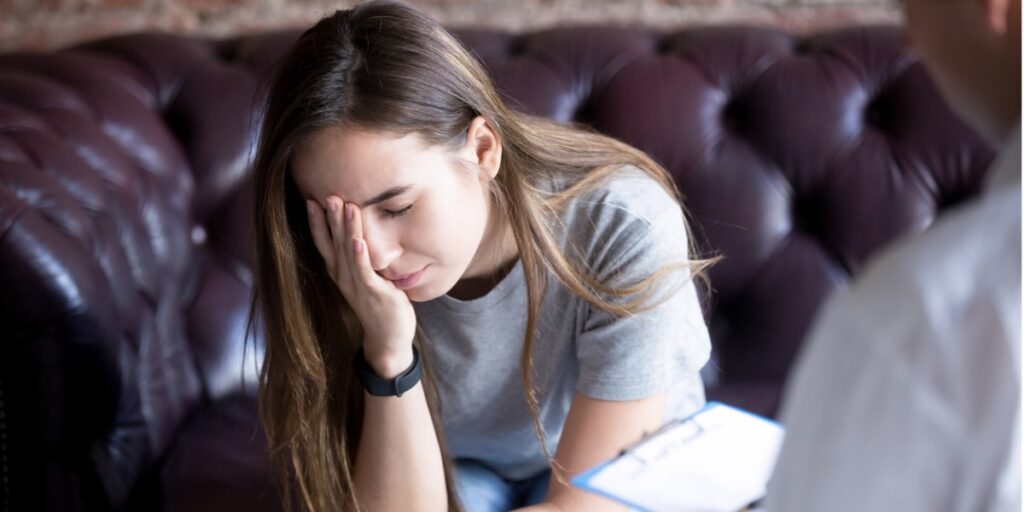

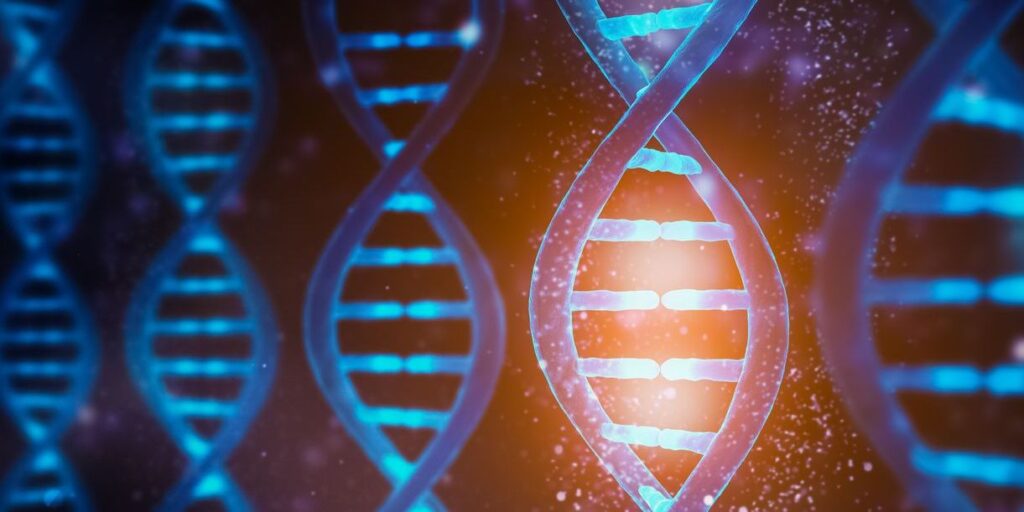
 Kimberly Gilkey, RADT-1
Kimberly Gilkey, RADT-1 Timothy Wieland
Timothy Wieland David Abram
David Abram Mark Melden, DO/DABPN
Mark Melden, DO/DABPN Jeffrey Klein
Jeffrey Klein Nathan Kuemmerle, MD
Nathan Kuemmerle, MD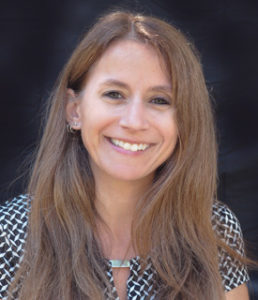 Laura Hopper, Ph.D.
Laura Hopper, Ph.D. Rebecca McKnight, PsyD
Rebecca McKnight, PsyD Milena Dun, PhD
Milena Dun, PhD Brieana Turner, MA, LMFT
Brieana Turner, MA, LMFT Brittany Perkins, MA, LMFT
Brittany Perkins, MA, LMFT Joanne Talbot-Miller, M.A., LMFT
Joanne Talbot-Miller, M.A., LMFT Alexis Weintraub, PsyD
Alexis Weintraub, PsyD Kathleen McCarrick, MSW, LSW
Kathleen McCarrick, MSW, LSW Christina Lam, N.P.
Christina Lam, N.P. John P. Flores, SUDCC-IV-CS, CADC II
John P. Flores, SUDCC-IV-CS, CADC II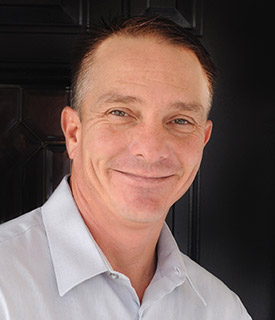 David Dalton, Facility Operations Director
David Dalton, Facility Operations Director Amy Thompson
Amy Thompson Kelly Schwarzer
Kelly Schwarzer Jovanna Wiggins
Jovanna Wiggins Alexandria Avalos, MSW, ACSW
Alexandria Avalos, MSW, ACSW Michelle Ertel
Michelle Ertel Emily Skillings
Emily Skillings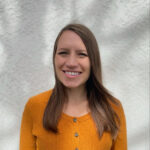 Amanda Irrgang, Registered Dietitian Nutritionist (RDN)
Amanda Irrgang, Registered Dietitian Nutritionist (RDN) Gianna Melendez
Gianna Melendez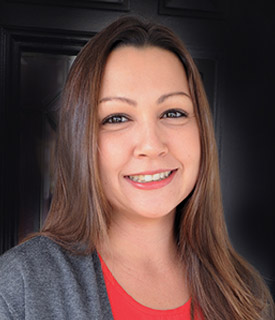 Jodie Dahl, CpHT
Jodie Dahl, CpHT Jordan Granata, PsyD
Jordan Granata, PsyD